Bug identification gallery
The UK has an astonishing diversity of insects and other invertebrates. Our image gallery will help you to identify some of the bugs you might encounter around your home, garden and local area.
- First, choose the relevant category below. You'll find many common species and hopefully one that looks like your bug.
- Select it to see a larger image and get more information.
If you can't find a match, you can also upload your own image to the Bug forum. Our community of users, including the Museum's expert entomologists, will try to identify it for you.
-

Ants
6 legs, long antennae, narrow waist, don't usually have wings.
-
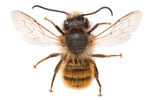
Bees
6 legs, long antennae, see-through wings, often hairy.
-
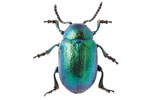
Beetles
6 legs, pincer-shaped jaws, hard forewing cases that meet in a straight line.
-

Beetles
* 6 legs
* pincer-shaped jaws
* hard forewing cases that meet in a straight line -

Butterflies
6 legs, long antennae with 'clubs' at the end, rest with wings closed vertically above their body, usually fly during the day.
-
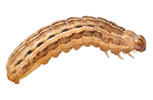
Caterpillars
The larvae of butterflies and moths.
-
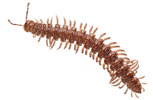
Centipedes and millipedes
Long thin body divided into many segments, at least 15 pairs of legs.
-
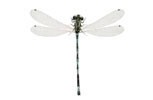
Dragonflies and damselflies
6 legs, long bodies, large eyes, 2 pairs of large stiff wings.
-
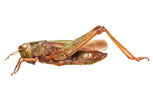
Grasshoppers and crickets
6 legs, back legs are long and strengthened for jumping.
-
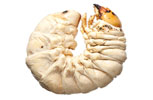
Larvae
Young insects that look very different from the adults.
-
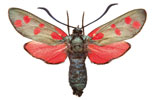
Moths
6 legs, pointed and often feathery antennae, rest with wings folded flat over their body, most fly at night.
-

Spiders
8 legs, body clearly divided into 2 parts.
-
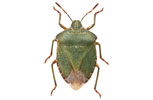
True bugs
6 legs, wing cases usually meet in an X- or Y-shape.
-
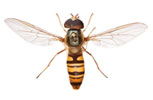
True flies
6 legs, 1 pair of see-through wings, large eyes, antennae often very short.
-
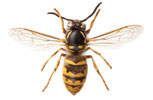
Wasps
6 legs, long antennae, see-through wings, not hairy.
-
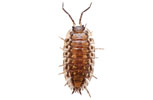
Woodlice
7 pairs of legs, body divided into many segments.